
Copenhagen(1964)
Travelogue showing the wonders of Copenhagen, Denmark.
Movie: Copenhagen

Copenhagen
HomePage
Overview
Travelogue showing the wonders of Copenhagen, Denmark.
Release Date
1964-01-01
Average
0
Rating:
0.0 startsTagline
Genres
Languages:
Keywords
Similar Movies
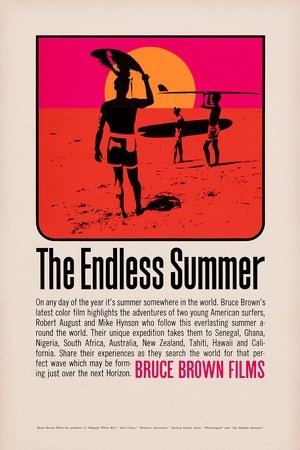 7.2
7.2The Endless Summer(en)
Bruce Brown's The Endless Summer is one of the first and most influential surf movies of all time. The film documents American surfers Mike Hynson and Robert August as they travel the world during California’s winter (which, back in 1965 was off-season for surfing) in search of the perfect wave and ultimately, an endless summer.
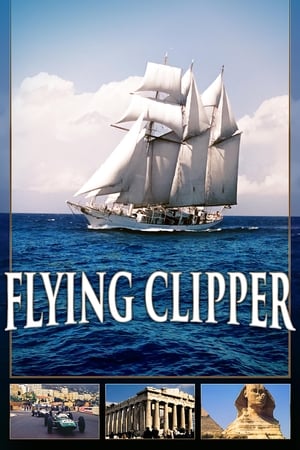 8.0
8.0Mediterranean Holiday(de)
A 1962 West German documentary film directed by Hermann Leitner and Rudolf Nussgruber.
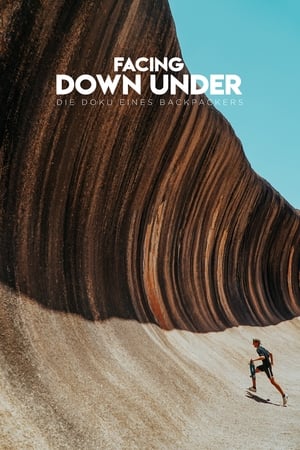 5.3
5.3Facing Down Under: A Backpackers Documentary(de)
A 19-year-old high school graduate travels through Australia as a backpacker and accompanies his adventure with a camera.
 0.0
0.0Mel Giedroyc & Martin Clunes Explore Britain by the Book(en)
Much-loved actress, comedian and writer Mel Giedroyc heads to Dorset on a travel adventure with a twist. Inspired by her passion for books, Mel hooks up with her friend and Dorset local, Martin Clunes, to explore the spectacular scenery and iconic locations made famous by some of Britain's favourite books and films.
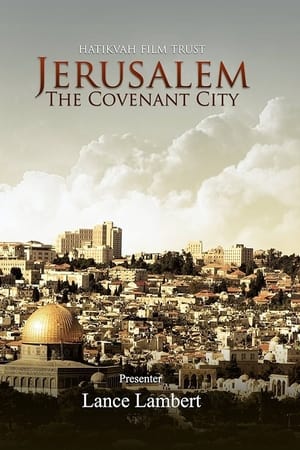 5.0
5.0Jerusalem: The Covenant City(en)
In this superbly produced, two-part documentary, you'll trace the holy city's prophetic history and explore what the Bible professes regarding Jerusalem's fate.
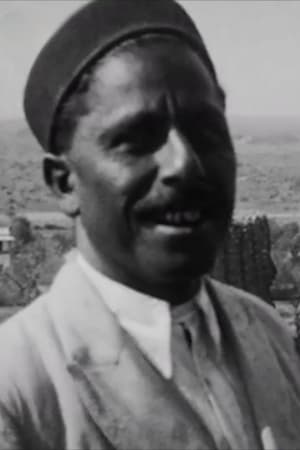 0.0
0.0Local Scenes in India and the Taj Mahal(en)
This travelogue takes in some of the most important landmarks of Islamic power in India.
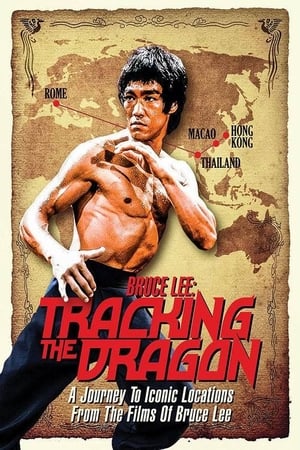 4.8
4.8Bruce Lee: Tracking the Dragon(en)
Bruce Lee expert John Little tracks down the actual locations of some of Bruce Lee's most iconic action scenes. Many of these sites remain largely unchanged nearly half a century later. At monasteries, ice factories, and on urban streets, Little explores the real life settings of Lee's legendary career. This film builds on Little's earlier film, Pursuit of the Dragon, to present a comprehensive view of Lee's work that will change the way you see the films.
 0.0
0.0Nikita Kino(fr)
The film is a travelogue of sorts. Ostrovsky’s personal family footage meets the archives of Soviet propaganda footage. The result is a kind of Khruschev-era mix with a collage of Soviet music and a voice-over of my reminiscences of the Cold War era.
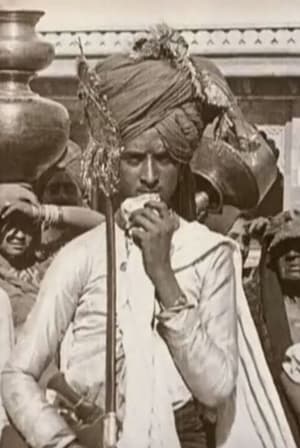 0.0
0.0Edward Prince of Wales' Tour of India: Bombay, Poona, Baroda, Jodhpur and Bikaner(en)
The future Edward VIII visits his Empire, with Indian royalty, elephants, palaces and temples.
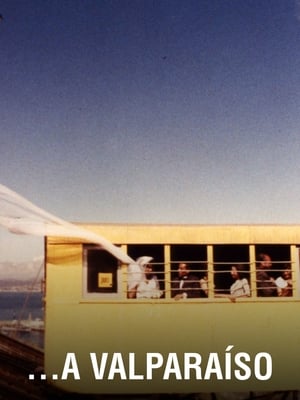 6.9
6.9Valparaiso(fr)
In 1962 Joris Ivens was invited to Chile for teaching and filmmaking. Together with students he made …A Valparaíso, one of his most poetic films. Contrasting the prestigious history of the seaport with the present the film sketches a portrait of the city, built on 42 hills, with its wealth and poverty, its daily life on the streets, the stairs, the rack railways and in the bars. Although the port has lost its importance, the rich past is still present in the impoverished city. The film echoes this ambiguous situation in its dialectical poetic style, interweaving the daily life reality (of 1963) with the history of the city and changing from black and white to colour, finally leaving us with hopeful perspective for the children who are playing on the stairs and hills of this beautiful town.
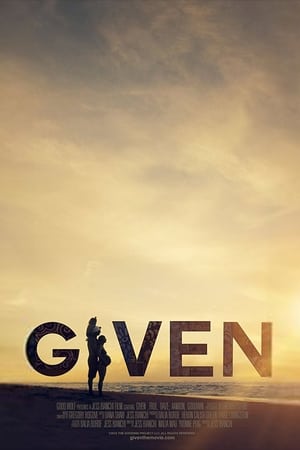 7.4
7.4Given(en)
A young family leaves their home on Kauai. It is time to return to the itinerant path from which all things in their uncommon lives come; beginning and ending on a remote dot in the Pacific. They nomadically trace continents to places where waves meet their edges, envoys of aloha. It is what they will learn, what they bring others, what they will pass on to their children in the hyper-expanded classroom, the lab of direct being; a legacy passed from a father to his family.
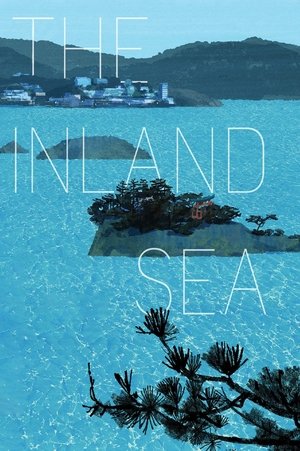 6.7
6.7The Inland Sea(en)
In 1971, author and film scholar Donald Richie published a poetic travelogue about his explorations of the islands of Japan’s Inland Sea, recording his search for traces of a traditional way of life as well as his own journey of self-discovery. Twenty years later, filmmaker Lucille Carra undertook a parallel trip inspired by Richie’s by-then-classic book, capturing images of hushed beauty and meeting people who still carried on the fading customs that Richie had observed. Interspersed with surprising detours—a visit to a Frank Sinatra-loving monk, a leper colony, an ersatz temple of plywood and plaster—and woven together by Richie’s narration as well as a score by celebrated composer Toru Takemitsu, The Inland Sea is an eye-opening voyage and a profound meditation on what it means to be a foreigner.
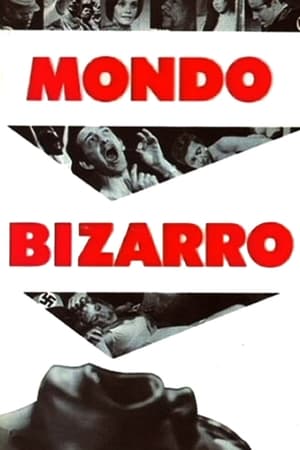 4.9
4.9Mondo Bizarro(en)
A faux travelogue that mixes documentary and mockumentary footage. The camera looks through a one-way glass into the women's dressing room at a lingerie shop, visits a Kyoto massage parlor, goes inside the mailroom at Frederick's of Hollywood, watches an Australian who sticks nails through his skin and eats glass, checks out the art and peace scene in Los Angeles, takes in Easter week with vacationing college students on Balboa Island, observes a German audience enjoying a play about Nazi sadism, and, with the help of powerful military lenses, spies on a Lebanese white-slavery auction.
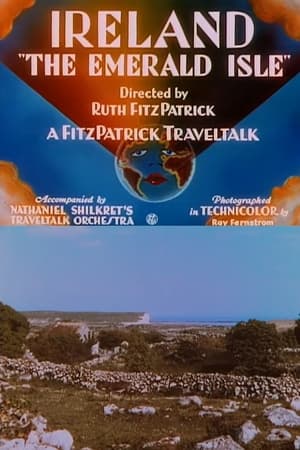 5.0
5.0Ireland: 'The Emerald Isle'(en)
This Traveltalk visit to Ireland starts with a look at the countryside, with its farms, small villages, and fields with walls and fences built of stone without the use of mortar. We then visit Hope Castle in Castleblayney and end our journey in Galway.
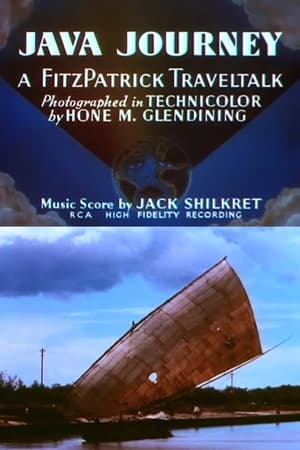 0.0
0.0Java Journey(en)
This Technicolor portrait of Jakarta was filmed when it was called Batavia and formed part of the Dutch East Indies colonial empire. The film portrays the daily life of citizens and the relaxed atmosphere that prevailed at the time. We see Batavia's Amsterdam Gate, built by the Dutch around 1664, along with the strong influence of Dutch architecture upon other buildings, streets and waterways.
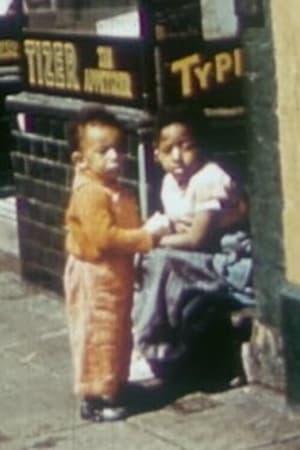 0.0
0.0To the Four Corners(en)
Haunting colour travelogue taking in Ulster, Lewis, Lincoln and Cardiff's Tiger Bay.
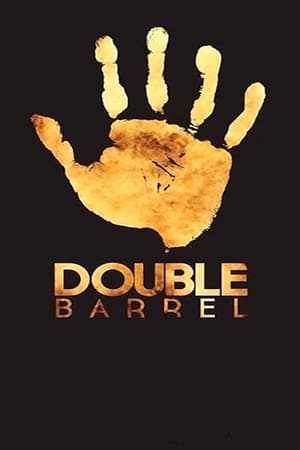 0.0
0.0Double Barrel(en)
Double Barrel follows surf and travel journalist Angie Takanami’s journey to Peru to document Peruvian surf guide Harold Koechlin’s dream of protecting Peru’s world-class surf breaks. After a chance meeting, the two compared tales of living through natural and human-inflicted disasters, and their dreams for sustainable surf development and tourism. Focussed in the oil-dominated town of Lobitos, Harold is working together with the local and international community and is determined to preserve the locals’ right to a clean ocean and environment to give towns like Lobitos a more sustainable future.
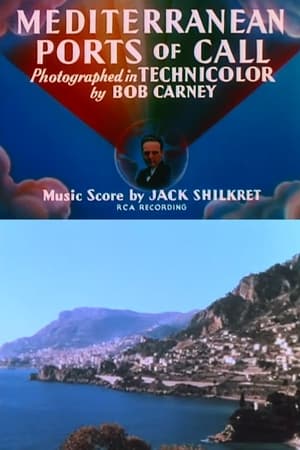 6.0
6.0Mediterranean Ports of Call(en)
This Traveltalk short visits the ports of Algiers and Monaco in the Mediterranean.
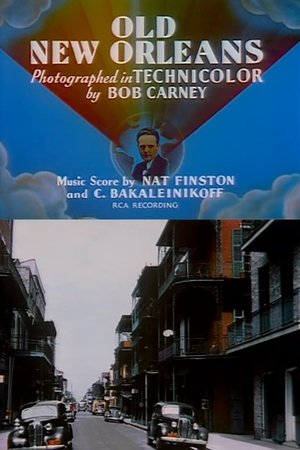 7.0
7.0Old New Orleans(en)
This Traveltalk series short looks at several landmarks and neighborhoods in New Orleans, Louisiana. Sights include the Cathedral of St. Louis, Pirate's Alley, the Old French Market, and Broussard's Restaurant.
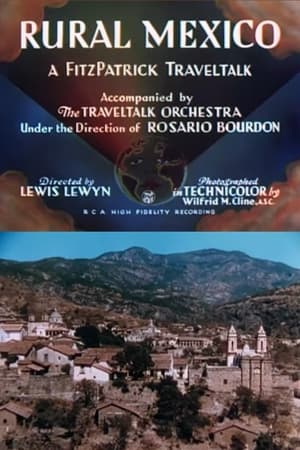 6.0
6.0Rural Mexico(en)
A Traveltalks visit to some small towns in Mexico. In Mazatlán, away from the tourist spots, we see a small village where fishing, growing coconuts, and gathering large sea turtles are the main pursuits. We then visit Toluca on market day, where people sell produce and pottery. The last stop is Taxco, where the Castilian influence of the Spanish conquerors is still prevalent.